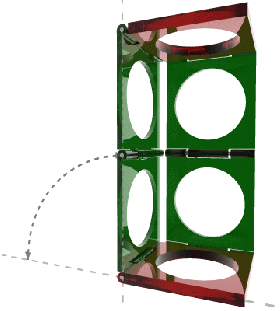Building an open source home DNA copy machine
Tito Jankowski and Josh Perfetto were at Maker Faire, showing off their prototype for an OpenPCR machine. A wha? PCR stands for Polymerase Chain Reaction. It is a method that can be used for replicating DNA. It can take a small amount of DNA (even a single molecule), and amplify (copy) a specific region exponentially, […]







